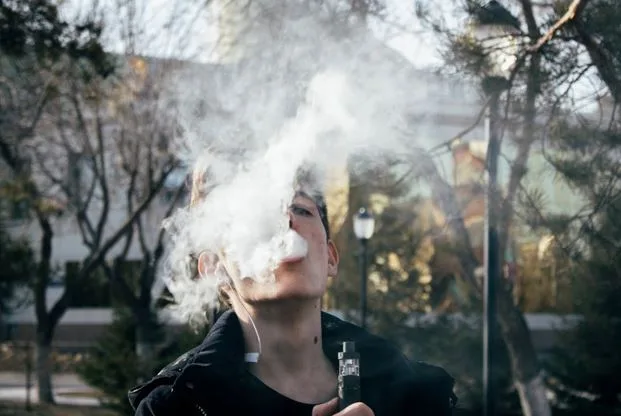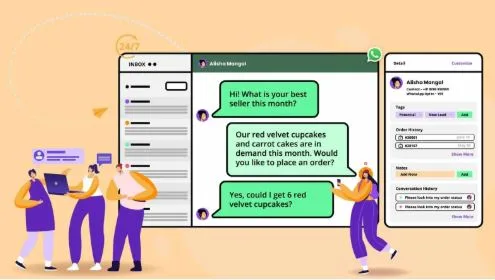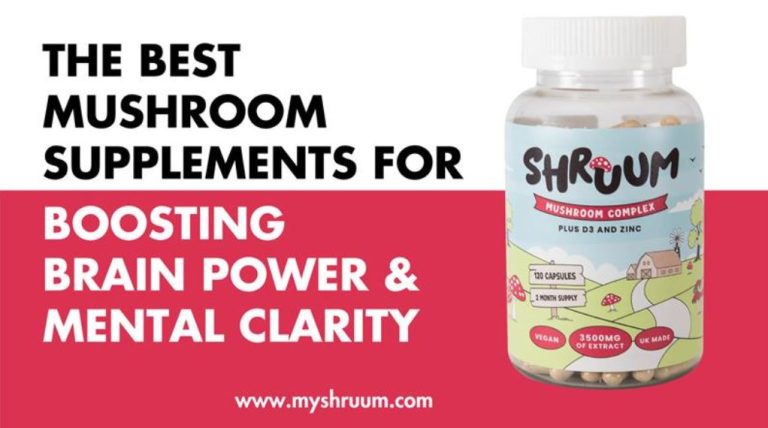Why Ethical Pet Breeding Standards Are Gaining Global Attention in the Wake of Pet Ownership Trends
Headlines moved from cute pets to serious paperwork. Post‑pandemic ownership boomed, online pet sales exploded, and governments started drawing lines around what “ethical breeder” actually means. The result isn’t just noise, it’s tighter rules, higher expectations, and buyers asking for proof, not promises. That shift is reshaping the market.
The short version: what changed
- Demand stayed high after the pandemic, but buyers got savvier about health and welfare documentation.
- Retail bans and online marketplace checks made third‑party sales harder, pushing transparency to the front.
- Registries and vets amplified genetic testing and early socialization standards, health outcomes beat hype.
- Social media made “designer” breeds trend; regulators responded with welfare‑first rules and enforcement.
Why now, data, not vibes
Two‑thirds of U.S. households own a pet, according to the American Pet Products Association, and spending hit new highs, strong demand meets rising scrutiny. Platforms tightened seller verification under EU digital rules, local U.S. ordinances restricted pet store sales, and UK’s Lucy’s Law cut out third‑party puppy and kitten dealers. That’s not a fad. It’s a structural shift.
Owners saw the cost of poor breeding in vet bills and heartbreak. Registry papers, DNA screens, and vaccination records went from “nice to have” to baseline. Fast.
What “ethical breeding” actually means
Strip away the marketing. Responsible catteries and kennels run welfare‑first programs: limited litters, rest periods for queens, clean housing, and temperament‑focused socialization. They health‑screen parents with breed‑specific protocols, think echocardiograms for HCM‑risk breeds like Maine Coons, renal ultrasounds for PKD‑risk lines (Persian/Exotic influence), and targeted DNA tests where validated. Paper trails matter.
- Genetics: manage inbreeding via COI tracking; outcross when needed to preserve diversity.
- Vet care: core vaccinations on schedule (typically 8–12–16 weeks), deworming, microchipping, and a recent health certificate.
- Documentation: recognized pedigree papers (WCF, TICA, or CFA), vaccination records, and a signed contract with a health guarantee.
- Socialization: early handling, noise exposure, and enrichment; kittens released at an age consistent with welfare (often 12–14 weeks for cats).
No mystery litters. No missing records. No excuses.
Spotlight: how reputable looks on the ground
One quick example buyers ask about, Munchkin cats, a breed that attracts outsized attention because of the short‑leg trait and the debate around mobility and long‑term welfare. Responsible programs disclose the genetics, pair carefully, and provide full medical and pedigree documentation. Some registries recognize the breed (TICA and WCF); others don’t. Transparency decides trust here, not TikTok clips.
Illinois shows the template well: MeoWoff Munchkin kittens are marketed with health guarantees, vaccines, and pedigree papers from recognized registries, exactly the bundle buyers now expect when they ask for proof of standards. Availability updates, deposit terms, and delivery/pick‑up options are laid out in plain English. That clarity is becoming table stakes.
Global policy snapshot, what’s tightening where
Rules vary, but the trajectory is the same, less opacity, more traceability. Buyers and sellers feel it.
- United States: Hundreds of city and county bans on retail dog/cat sales; statewide laws in places like California and Illinois restrict stores to partnering with shelters. USDA/APHIS licensing covers certain breeders engaged in interstate commerce; paperwork and inspection expectations ramped up.
- United Kingdom: Lucy’s Law in England (mirrored in Wales) removed third‑party dealers from the chain for puppies and kittens. Enforcement now leans on licensing, advertising standards, and proof of origin.
- European Union: Digital platform obligations push trader verification; member states add national rules on advertising, microchipping, and breeder registration. Several countries limit sales of breeds linked to welfare risks.
- Asia‑Pacific: Australian states expanded breeder registration and capped litter volumes; Singapore’s AVS licensing tightened oversight of pet shops and online listings.
- Middle East: UAE updated animal welfare provisions and trader licensing; microchipping and sale‑through‑licensed‑channels are the baseline in major cities.
Loopholes still exist. But the direction of travel is obvious.
Registries and recognition, why papers are not just paper
WCF, TICA, and CFA aren’t interchangeable labels. They differ on breed recognition, show rules, and pedigree recording methods. TICA recognizes Munchkins; CFA does not; WCF records pedigrees for the breed in many regions. Buyers should match the registry to the breeder’s stated standards and check that the parent names, titles, and health tests align with the paperwork. If the registry doesn’t recognize a breed, marketing hype fills the gap. That’s where problems start.
Health guarantees and contracts, what holds up
A workable contract says what’s covered, for how long, and what both sides must do. No fog.
- Health guarantee: hereditary issues covered for 1–3 years is common; clear process for vet diagnosis, second opinion, and remedy (refund, replacement, or coverage).
- Spay/neuter: timeline expectations, especially for pet‑quality kittens; breeding rights spelled out if applicable.
- Return/rehoming: a safety net if the home isn’t a match, ethical programs take animals back or assist with responsible placement.
- Inclusions: microchip transfer, vaccination log, deworming dates, registry papers, and a starter care guide.
Pricing signals scope. Low price with “everything included” often means corners cut. Ask to see receipts and test reports.
Breed debates, where welfare and popularity collide
Some cats carry known risks that require careful management. Scottish Fold cartilage issues, brachycephalic breathing challenges in Persians/Exotics, HCM prevalence in large breeds like Maine Coons, none of this is new. Ethical breeders mitigate: they retire affected lines, prove testing, and educate buyers on realistic care. Promotion without disclosure? That’s the red flag.
Munchkins sit in that public debate because of limb length and mobility questions. Responsible programs track gait, joint health, and longevity outcomes, and they’re upfront about what the science shows and where it’s still evolving. Evasion means walk away.
Buyer verification, fast checks that save months of trouble
- Identity: full legal name, address, and license where required; cross‑check with local business or breeder registries.
- Facility: video tour on request; clean housing, enrichment, and visible parent animals. No warehouse vibes.
- Records: scan of pedigree papers, vet vaccination log, microchip number, and health test reports that name the parents.
- COI: ask for the calculated coefficient and how it’s managed; sub‑10–12.5% is a common target for many breeds.
- References: a recent buyer and a veterinary clinic that knows the program.
- Payments: secure methods; avoid wire‑only demands and pressure to “send deposit now.”
If you can’t verify the basics in under a day, keep looking. Time protects wallets and animals.
Adoption timeline, what a clean process looks like
Reputable programs don’t rush you. They stage the process so welfare comes first, logistics second, and money last.
- Application and fit check: lifestyle, other pets, expectations, and breed education.
- Reservation and deposit: written terms covering refunds and waiting lists; regular photo/video updates.
- Vet care and socialization: core vaccines, deworming, microchip; documented handling and enrichment milestones.
- Ready‑to‑go age: often 12–14 weeks for kittens, aligned with shots and social development.
- Hand‑off: in‑person pick‑up preferred; if shipping, follow airline and veterinary rules to the letter.
Transport and welfare, shipping without shortcuts
Air travel isn’t casual. Airlines and couriers follow IATA Live Animals Regulations, and most require a recent veterinary health certificate. Age minimums apply. Crates must be appropriately sized, ventilated, and labeled; reputable programs crate‑train briefly to lower stress. Flight nannies can help for short, direct routes when weather is safe, and post‑arrival vet checks within 72 hours are common sense. No extreme temperatures, no multi‑connection odysseys.
Costs and availability, why prices diverge
Full health screening, vaccination series, microchipping, pedigree registration, and a sane rehoming guarantee add to the breeder’s cost base. So does keeping small numbers and spacing litters. Expect variation by breed and bloodline; for Munchkins and other high‑demand pedigree kittens in 2025, figures often range from low four digits into the mid‑to‑high four digits depending on titles, testing depth, and regional logistics. Cheap almost never includes the testing you actually need.
What this means for the industry
Ethical standards aren’t a trend piece, they’re becoming market infrastructure. Traceability tech, digital pedigrees, and routine sharing of DNA results will make verification quicker. Countries will keep widening enforcement against mills and unlicensed traders. Reputable small catteries will hold or gain share; high‑volume sellers relying on third‑party channels will keep losing ground. Buyers are reading contracts now. So are regulators.
A quick, practical checklist
- Registry papers from WCF/TICA/CFA that match the parents named.
- Parent health tests appropriate to the breed (HCM echo, PKD screening, validated DNA where relevant).
- Vaccination and deworming logs with dates, lot numbers, and vet signature.
- COI or diversity plan explained in plain terms.
- Contract with a hereditary health guarantee and a rehoming clause.
- Age‑appropriate release (no rush jobs), clear pricing, and zero pressure tactics.
- Facility tour, virtual or in person, showing clean housing and socialized animals.
Do these, and you cut risk dramatically. Welfare improves, ownership outcomes improve, and the market rewards the people doing it right.






